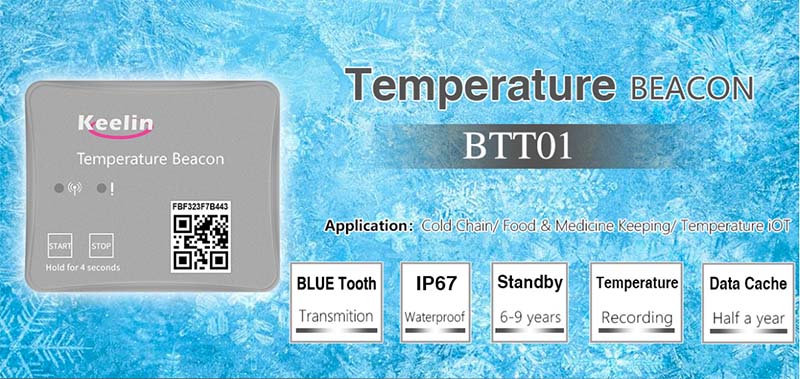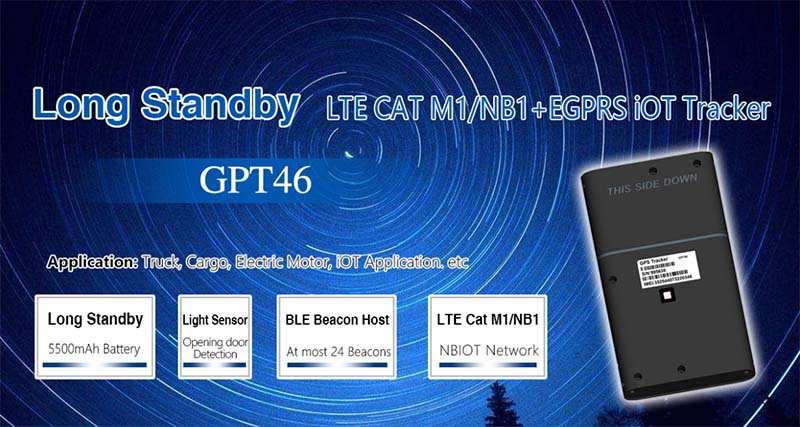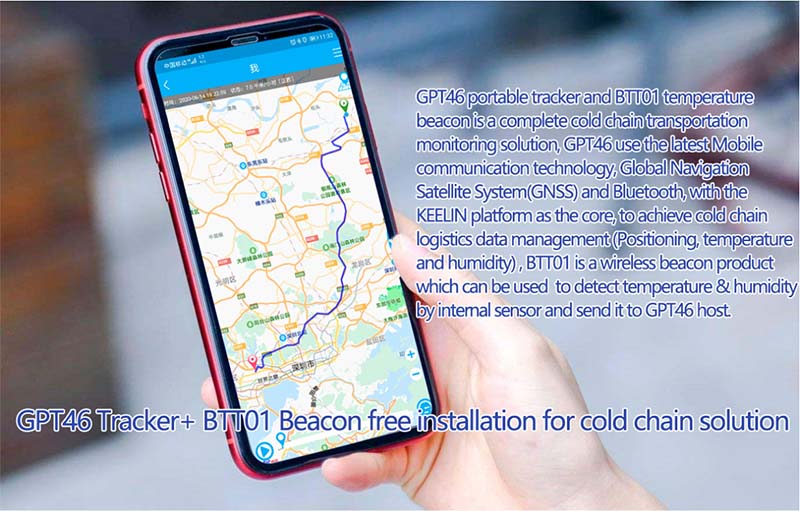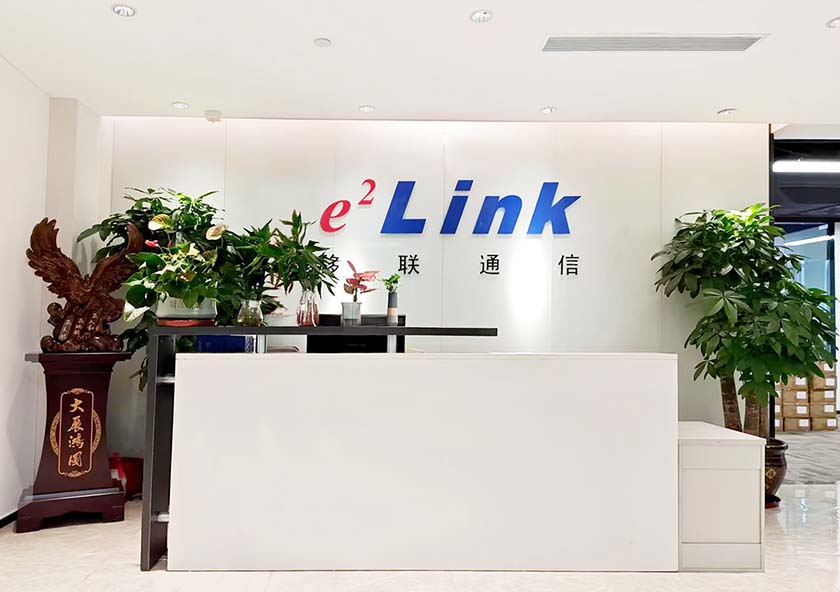Bluetooth Low Energy Technology Boosts IoT Innovation
With the rapid development of Internet of Things (IoT) technology, Bluetooth Low Energy (BLE) has gradually become a core force driving innovation and progress in the industry. BLE technology, with its advantages of low power consumption and short-range communication, has shown great potential in many fields, especially in smart homes, health monitoring, and industrial control, significantly contributing to the development of the IoT ecosystem. This article will explore the unique characteristics of BLE and its profound impact on the IoT industry.

Advantages of Bluetooth Low Energy
One of the biggest highlights of Bluetooth Low Energy is its low energy consumption. Compared to traditional Bluetooth, BLE significantly reduces power usage, making it particularly advantageous in applications that require long battery life. For example, smart wearable devices, smart home sensors, and asset trackers can all operate for extended periods with BLE without the need for frequent battery replacements. This feature not only reduces maintenance costs for users but also enhances the overall user experience.
In addition, BLE is characterized by fast connection and short-range communication, ensuring real-time data exchange between devices. BLE uses more efficient protocols for data transmission, enabling faster communication and lower latency. This is a reliable technical guarantee for IoT applications that require real-time monitoring and feedback, such as smart healthcare and vehicle monitoring.

Integration of BLE with the IoT Industry
As the number of IoT devices increases, the interconnection between devices becomes a key factor in driving industry growth. BLE emerged in this context as a core technology for ensuring efficient and stable connections between IoT devices. In the smart home sector, BLE enables various smart home devices to be easily controlled wirelessly. Through mobile apps or voice assistants, users can easily adjust lighting, temperature, security systems, and more, enhancing convenience and comfort in their daily lives.
In health monitoring, BLE technology has made widespread use of smart health devices possible. Smart wristbands, smart scales, and blood glucose monitors, for example, all rely on BLE for data exchange with mobile phones, tablets, and other terminals, helping users monitor their health status in real-time. Moreover, the low power consumption of BLE allows these devices to run for long periods, significantly improving their practicality and reliability.

In industrial sectors, BLE has broader applications. By combining BLE with sensors, companies can gather real-time data on equipment status and environmental parameters, enabling precise remote monitoring and fault prediction. This not only improves production efficiency but also significantly reduces maintenance costs, accelerating the construction of smart factories.
BLE Driving Innovation in the IoT Industry
The widespread adoption of BLE has not only promoted the proliferation of IoT devices but also driven innovation throughout the IoT industry. As BLE technology continues to evolve, more and more companies are conducting in-depth research and innovation in hardware design, software development, and system integration. For instance, BLE-based positioning systems are gradually replacing traditional RFID technology, finding applications in asset management, intelligent logistics, and more. The advent of BLE Mesh networks has also provided a new solution for long-distance, wide-area communication between IoT devices, expanding the scope of IoT applications.

As the scale of IoT continues to grow, BLE faces new challenges in ensuring low energy consumption, stable connectivity, and high performance. Improving the communication range, data transmission speed, and further reducing power consumption will be key areas of technological development. In response, the industry continues to invest in research and development, aiming to advance BLE technology to meet the increasingly complex demands of IoT applications.
The Innovative Contribution of EELINK Communication
As a high-tech company dedicated to applying wireless communication technology in the IoT field, EELINK Communication, with over 20 years of technological expertise, remains at the forefront of the industry, driving the widespread use of BLE technology in IoT applications. EELINK Communication specializes in the development and manufacturing of IoT hardware and software devices, providing solutions that include temperature and humidity monitoring, asset management, vehicle anti-theft, cold chain transportation management, and more. With a top-tier technical team and innovative products, the company not only occupies a crucial position in the IoT industry but also provides customers with efficient and reliable smart devices and solutions.

EELINK Communication understands the importance of BLE technology in the IoT ecosystem and consistently adheres to the philosophy of "innovation driving development." The company continuously promotes technological innovation to meet the ever-changing market demands. Looking ahead, EELINK Communication will continue to focus on technology as its core driver, contributing to the intelligent upgrade of the IoT industry and creating greater value.
In conclusion, Bluetooth Low Energy technology plays a critical role in the IoT industry, enhancing device performance and user experience while driving technological innovation and industry development. Companies like EELINK Communication, with their technological innovation and industry insights, will continue to be important forces in the future development of the IoT industry.
- Contact EELINK
 Globalsales@eelink.com.cn
Globalsales@eelink.com.cn tan3051_1
tan3051_1 +86 18218746415
+86 18218746415
- NEWSLETTER
- Getting the latest GPS devices news From Eelink.
- SUBSCRIBE